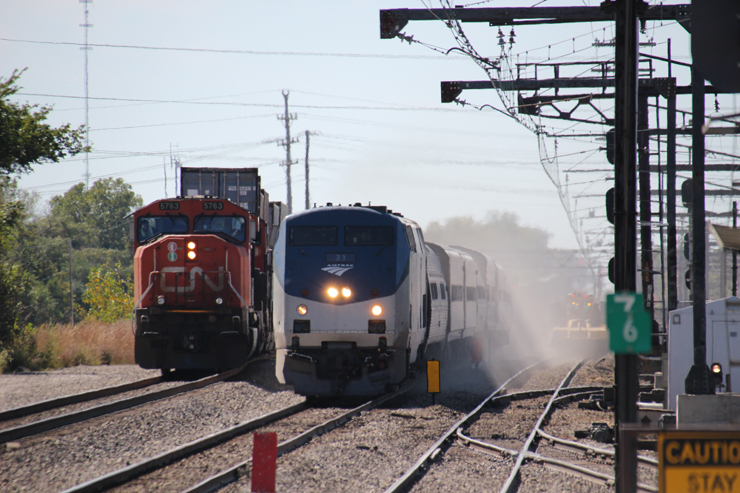
WASHINGTON – Amtrak has urged federal regulators to reject Canadian National’s quest to obtain Kansas City Southern’s former Gateway Western trackage as a condition of the proposed Canadian Pacific-KCS merger.
CN aims to create a new single-line route dubbed the Springfield Speedway that would link Kansas City and St. Louis with Chicago, Detroit, and Eastern Canada via Springfield, Ill.
But Amtrak says that allowing CN to operate the lines would further hurt the already woeful on-time performance of its passenger trains operating on the former Illinois Central between Chicago and Gilman, Ill., as well as on the joint KCS-Union Pacific line between East St. Louis, Ill., and Godfrey, Ill.
In addition, Amtrak says CN would run more freight traffic – either additional or longer trains – over seven other line segments that currently host passenger service. These include a 250-mile portion of the former Illinois Central Chicago-New Orleans main line; three CN lines in Michigan; a short segment on CN in Memphis; as well as short sections of UP trackage in Kansas City and Springfield.
Amtrak’s July 12 filing with the Surface Transportation Board dredges up the long-running dispute over on-time performance of passenger trains on the former Illinois Central, even citing a 1991 Trains Magazine story that noted City of New Orleans on-time performance fell to 15% after IC single-tracked its main line in 1988 over Amtrak’s objections. [That article is included at bottom.]
Amtrak pointed out that CN told the STB in 2015 that the biggest issue affecting the performance of Chicago-Carbondale service was a lack of capacity on the IC main line. Amtrak operates six daily trains over the line, including the City of New Orleans and the Illini/Saluki service between Chicago and Carbondale. (One of the Carbondale roundtrips is currently suspended.) CN sends 20 or more freights over the route each day.
Now, Amtrak notes, CN says that the Chicago-Gilman portion of the route has excess capacity that will enable it to handle two additional CN trains per day without interfering with Amtrak service. CN acknowledged that it has not performed a capacity analysis to measure the impact of additional freight traffic on Amtrak trains.
The East St. Louis-Godfrey segment is jointly owned by UP and KCS. UP dispatches the line, which is part of Amtrak’s corridor linking Chicago and St. Louis. It hosts 10 Amtrak trains per day, including four Lincoln Service round-trips as well as the Texas Eagle. The trains, Amtrak says, routinely encounter freight train interference that would be exacerbated by the addition of 2.6 CN trains per day, on average.
CN’s responsive application regarding the KCS trackage doesn’t address how the additional trains would affect Amtrak service. But CN subsequently told Amtrak that the additional trains won’t affect passenger service, even though it did not perform a capacity analysis.
Amtrak contends that forcing Canadian Pacific Kansas City to divest the Gateway Western trackage to CN would not be in the public interest due to the impact additional freight traffic would have on passenger trains.
“Amtrak recognizes that many rail lines could accommodate the number of additional trains that CN is proposing to add on existing infrastructure. But the Chicago-Carbondale Line Segment, which has suffered from chronic freight train interference leading to poor Amtrak performance, is clearly not one of them. Nor is the East St. Louis-Godfrey Line Segment, on which Amtrak trains continue to experience unacceptably high levels of freight train interference today. Increased Amtrak delays on that line could nullify or substantially diminish the public benefits from the over $1.6 billion in public investment in the Chicago-St. Louis High Speed Rail Corridor of which it is part,” Amtrak told the board.
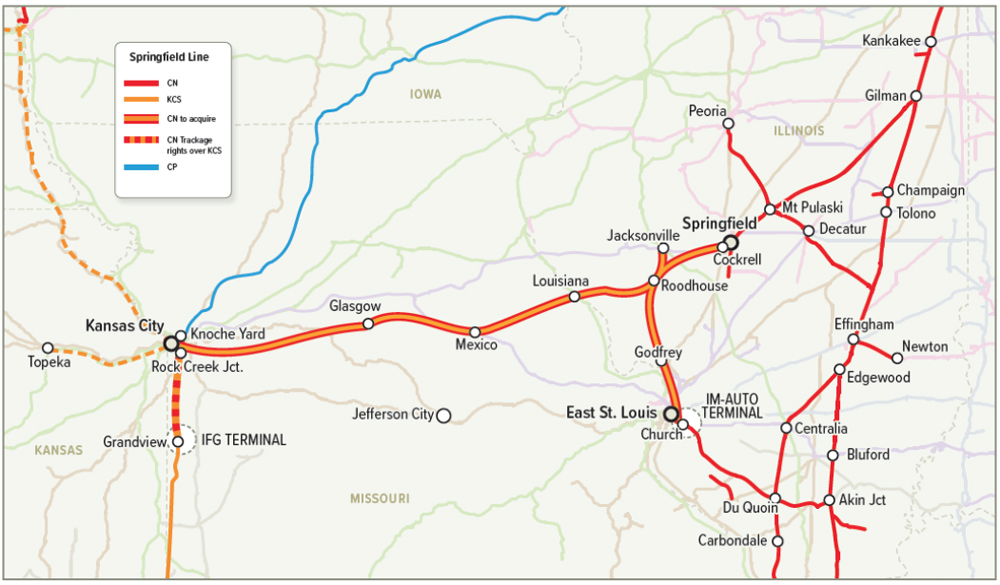
This 1991 Trains article was included with Amtrak’s filing as its Exhibit A:
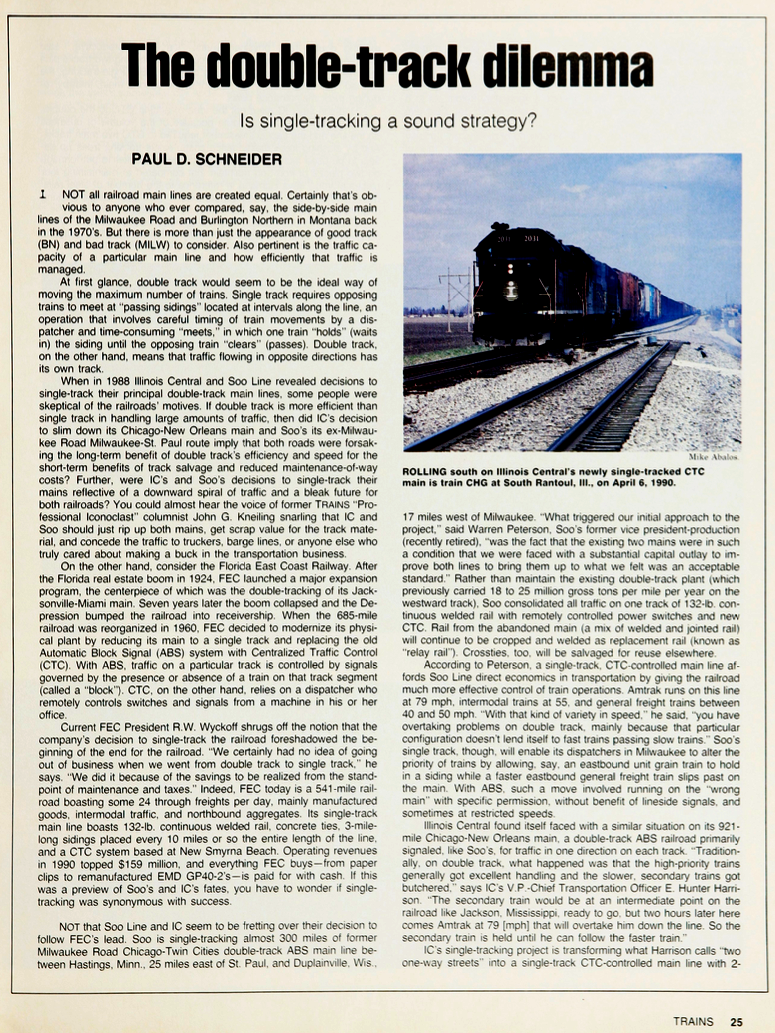
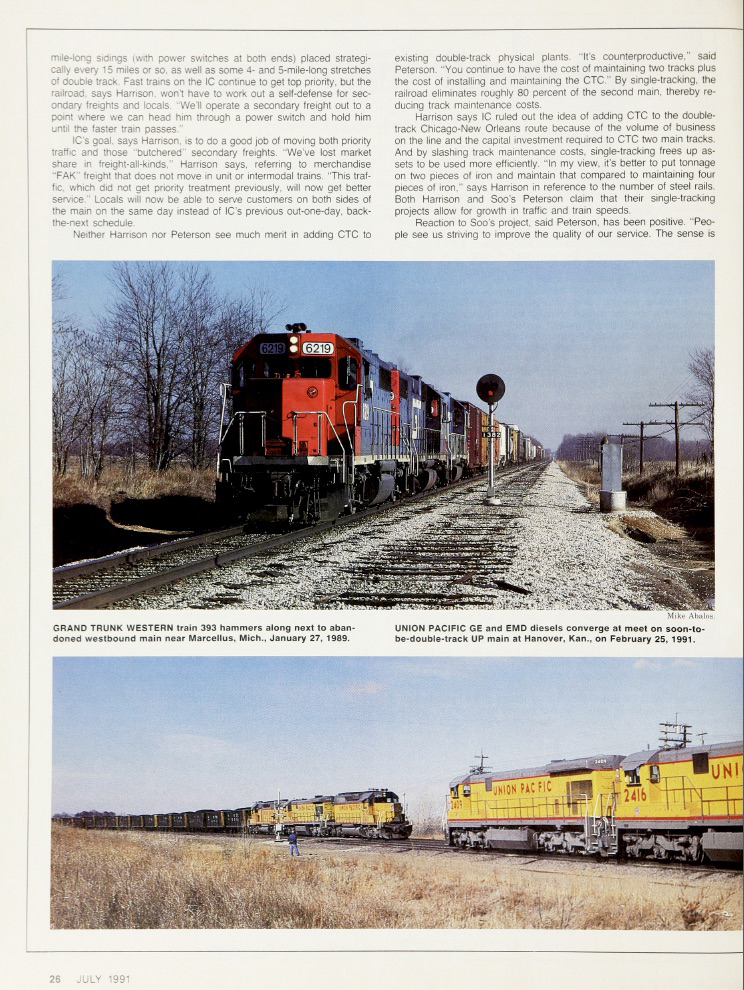
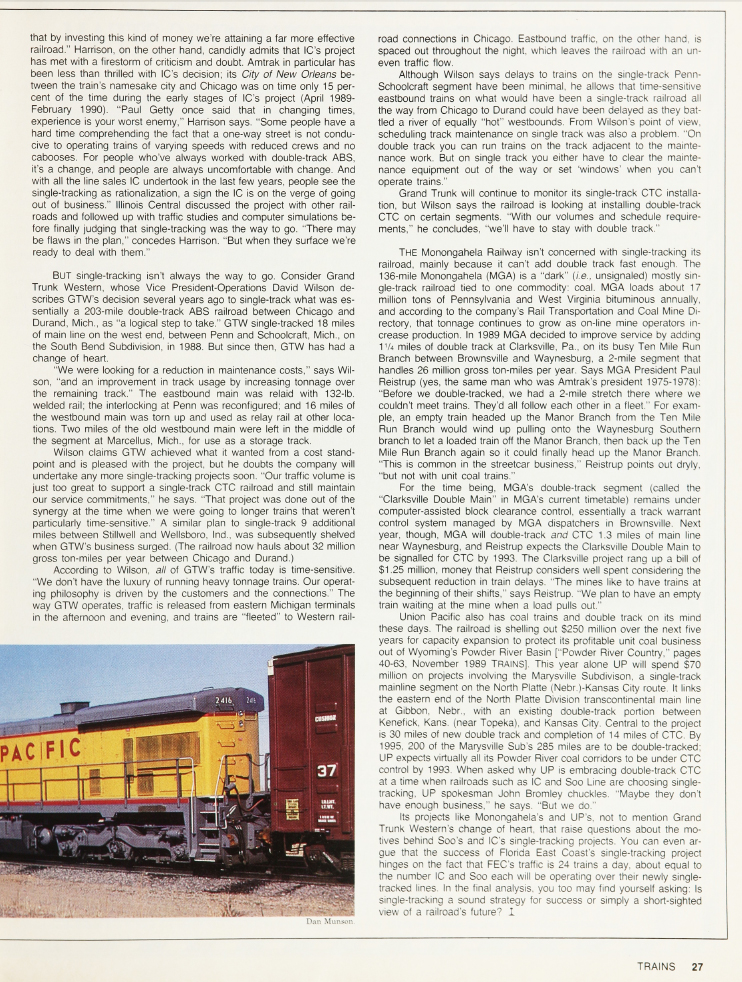






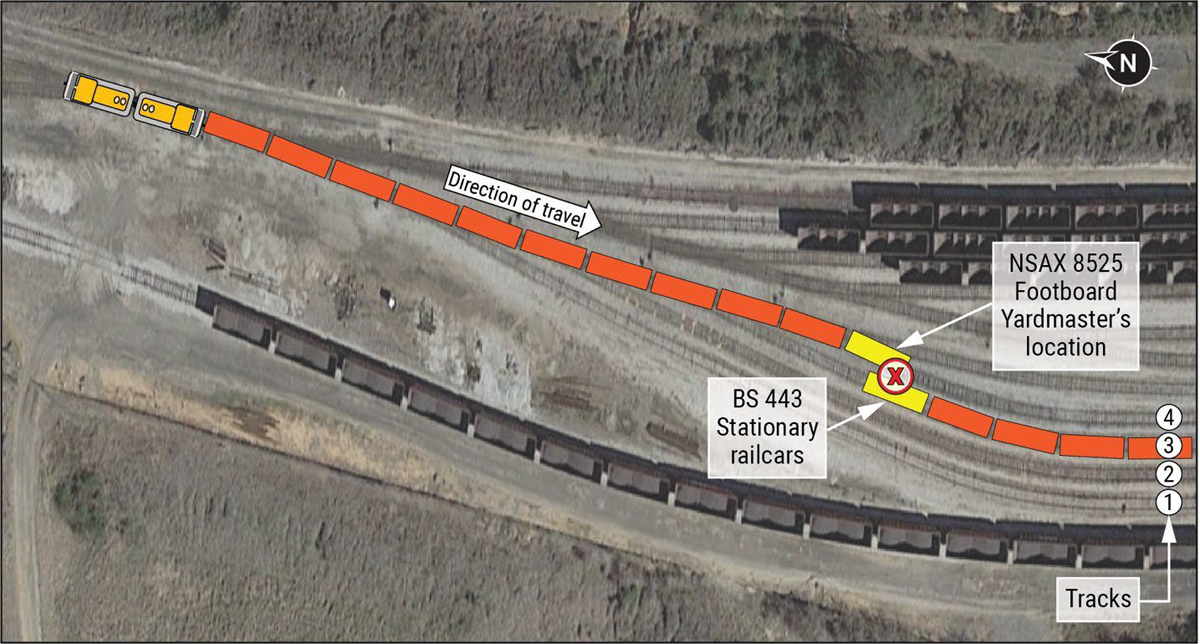
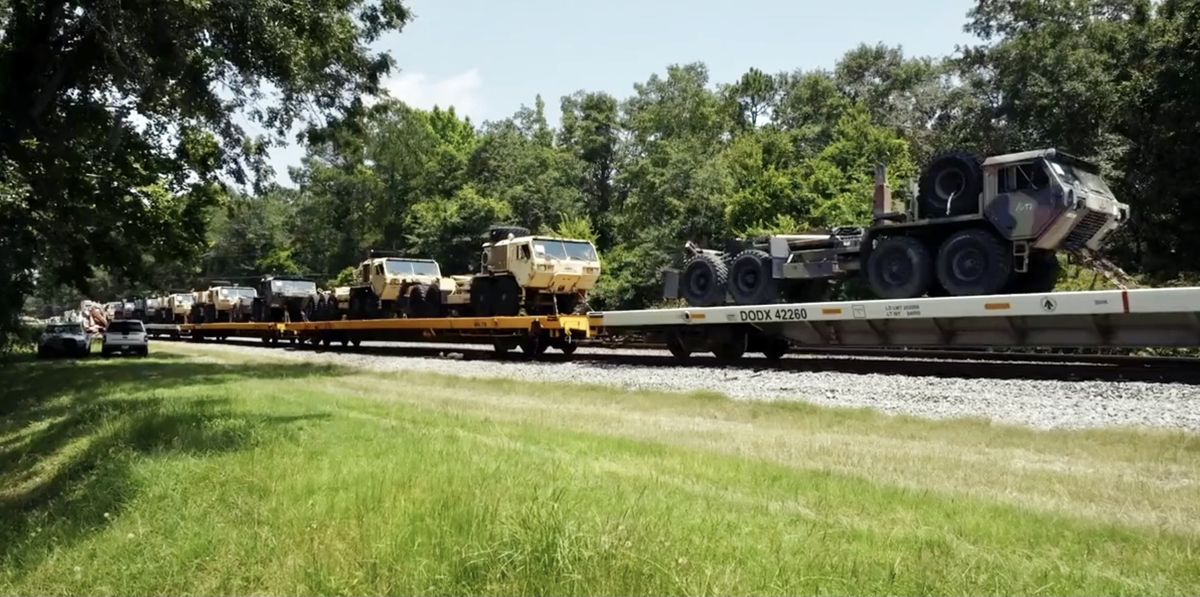
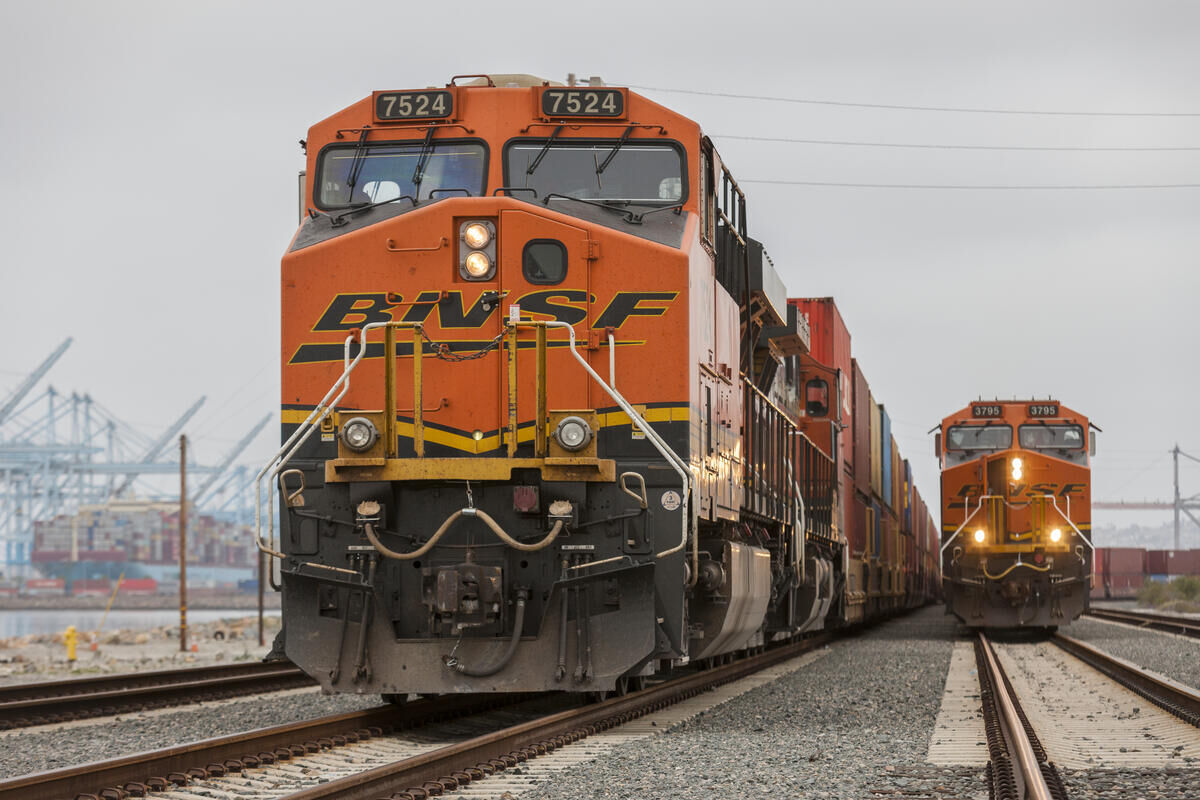
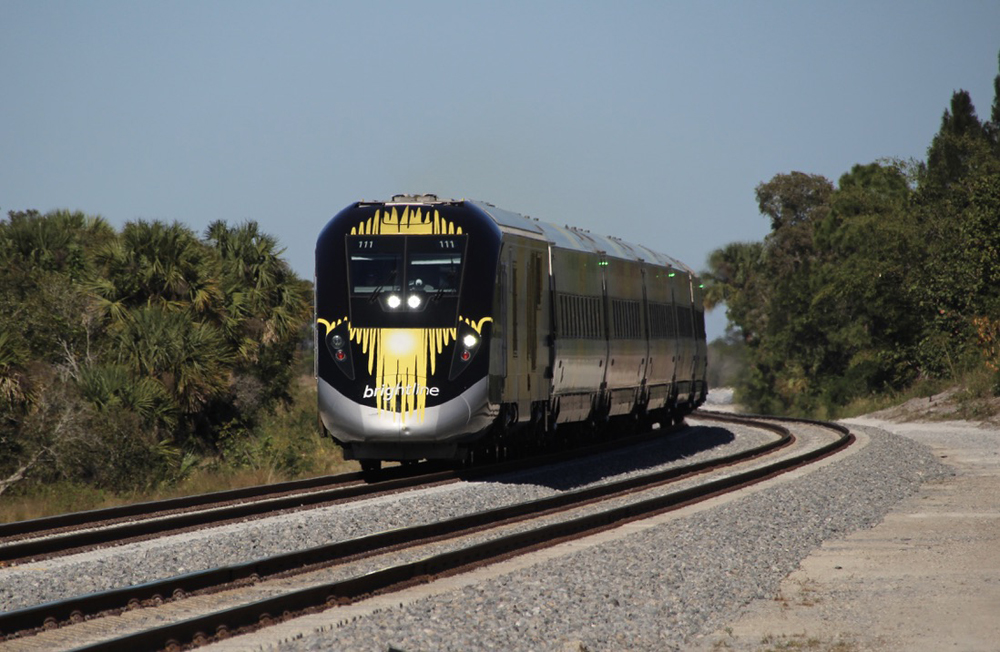




If this acquisition was approved, it would position CN, as a condition of a UP-NS or CSX merger, to purchase the UP Golden State Route with El Paso-Juarez trackage rights.
CN should include adding double-track or triple-track to the Godfrey-Lenox Tower segment. It would compliment the existing double-track andor longer sidings added by USDOT/ILDOT to cut transit times between CHI and STL. That should win CN support from the locals.
I read the enclosed 1991 article. The EHH’s of this world tell us a well-engineered, well-signaled, well-dispatched single track is better than a hundred-year-old obsolete unmaintained double track. Those are the two alternatives?
The answer is what Mr. Lustig said in his first post. Double track needs to be restored CHI-CDL. It won’t be “obsolete unmaintained double track”. It will be well-maintained and have adequate operational flexibility with frequent control points equipped with 60mph crossovers if CN is serious about building a “speedway” for KC-eastern Canada traffic and Amtrak and Illinois are serious about passengers operating with minimal delays. It may need to be a PPP between the state and CN. Gov. Pritzger is using IIJA $$$ to widen interstate highway segments deemed to be
conjested” even though that federal highway $$$ was only supposed to be used for SOGR projects. Disgracefully, Biden’s FWHA, run by former MassDOT Secretary Stephanie Pollack, cannot or will not clamp down and claw back the $$$. Claw back the $$$ and shift it to the rail title of the IIJA for Illinois and put it into a PPP for CHI-CDL double track restoration if CN signs on.
Thank you Mark. BNSF’S Staples Sub (ex NP St. Paul to Dilworth, MN) is two main track CTC with multiple cross overs. CN and Illinois can do the same. I’d like to see the southbound Saluki and northbound Illini be extended to Memphis or even Jackson, MS
Let Pritzger spend his own money to upgrade the track.
Also, adding three mile long freight trains to the mix mentioned in the above comments is a disaster for Amtrak no matter whether the line is single track CTC, double track CTC or double track ABS.
I’m glad that Amtrak is objecting to CN’s wanting KCS’s Gateway Western. CN has whined and cried about CP and KCS merging from the beginning.
CN’s handling of Amtrak on the former IC is leaves a lot to be desired. Nearly 20 hour schedule Chicago to New Orleans vs 16 hours back in the day.
Single track CTC moves traffic better than double track “rule 251” (current of traffic) simply because there’s now way for a faster train to overtake a slower one. However, double track CTC (called TCS on some roads) with adequately spaced universal crossovers is an even better way to move traffic. Having said that, NS’s double and triple track, all TCS route over the Alleghenies still sees many jam-ups and delays, mostly due to poor dispatching, underpowered trains, and other management shortcomings.
I know I’m asking the impossible but why doesn’t CN put back the double track back in that the IC once had. Also put back in the ATS from Champaign to Centralia allowing passenger trains to run 110 MPH again.
Wayne Johnston must be turning over in his grave seeing what has become of his Illinois Central
I don’t know the Wayne Johnson years without looking it up. Back in the day, the early Amtrak years when it was 110 mile double track, the track was awful. Riding from Chicago to Champaign was like one of those amusement park rides that you didn’t want to go on after eating. Combine that with the early Amtrak acrylic windows you couldn’t see out of, it was very unpleasant.
Charles,
At the risk of getting off topic, if you want to know about Wayne Johnston’s IC, Google his name and find the article Fred Frailey wrote about him. I’ll just say that the Panama Limited was his pride and joy
I’ll 2nd that.
Technically it’s not single track, it’s single – double – single – double. Yadayadayada. Better than single track but not as good as double track. Either way, you’ve got to shut down everything to do maintenance — and more maintenance is required b/c you have twice the axles in any given year. Plus more switches and more work for dispatchers to arrange the meets at the double track segments and obviously, slower trains.
Whenever my wife asks me anything about railroading, it’s always the same question: How does converting to single track on a main line move traffic better?
If anyone has an answer I can give her, please type below. Thank you.
Once upon a time the FAA used to line up air corridors in a serial fashion. Aircraft followed others in the corridor and were kept in the same approach patterns.
Over the years the FAA, due to the volumes of air travel, have been increasing the stack rate in these corridors where more planes occupy a particular block of airspace, which is great for the volumes, not so good for the approaches as these stacks have to be unwound so they can land.
This method works great as long as there is no congestion or weather upsetting the patterns.
So looking down from above it looks like you have increased capacity of the serial airspace between the origin and destination.
This is what railroads think they can do with single track routes and it works but only if the sidings are open at the right times, consists aren’t delayed entering the yard, or they don’t have a mechanical problem, or heaven forbid, an accident at a crossing.
Then these single track operations get fouled quickly, and backups and delays immediately follow.
As for the actions of EHH, he was saying he could only spend the money on 1 good set of tracks and a few sidings. But not a fully operational second track. Him being a proponent of the kind of precision I noted just above that is needed to make it work, it sounds great when it does work, the problem is, today’s railroads don’t have the operational disciplines in place. They are too heavily favoring the low cost methods at the loss of timeliness. And that is *not* precision.
E Hunter Harrison… dead for years, but his asset stripping wreckage remains as his congested legacy, 34 years after the crime. Hope he enjoys heat…